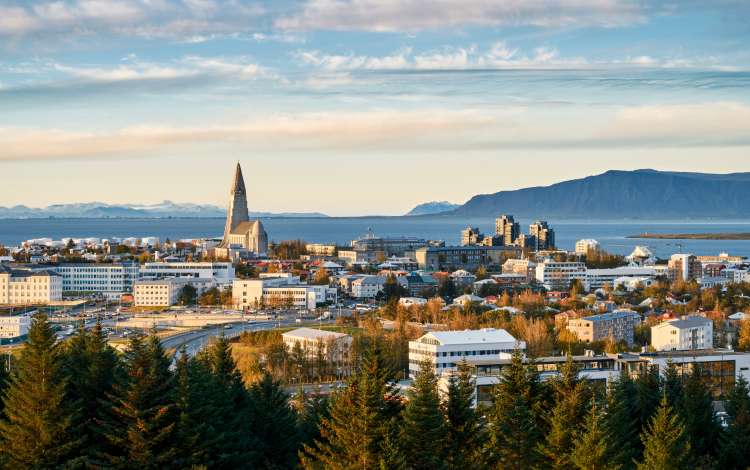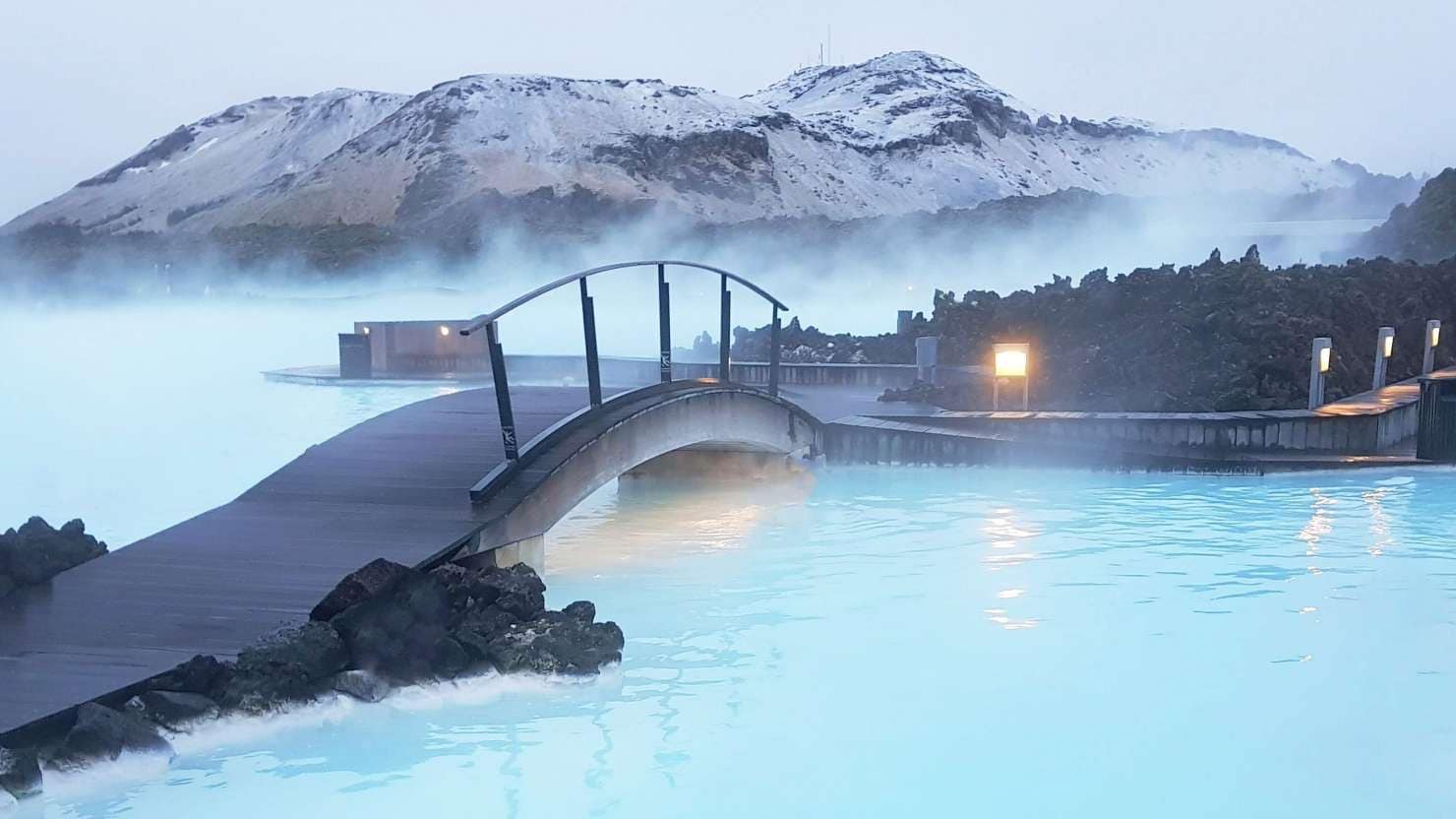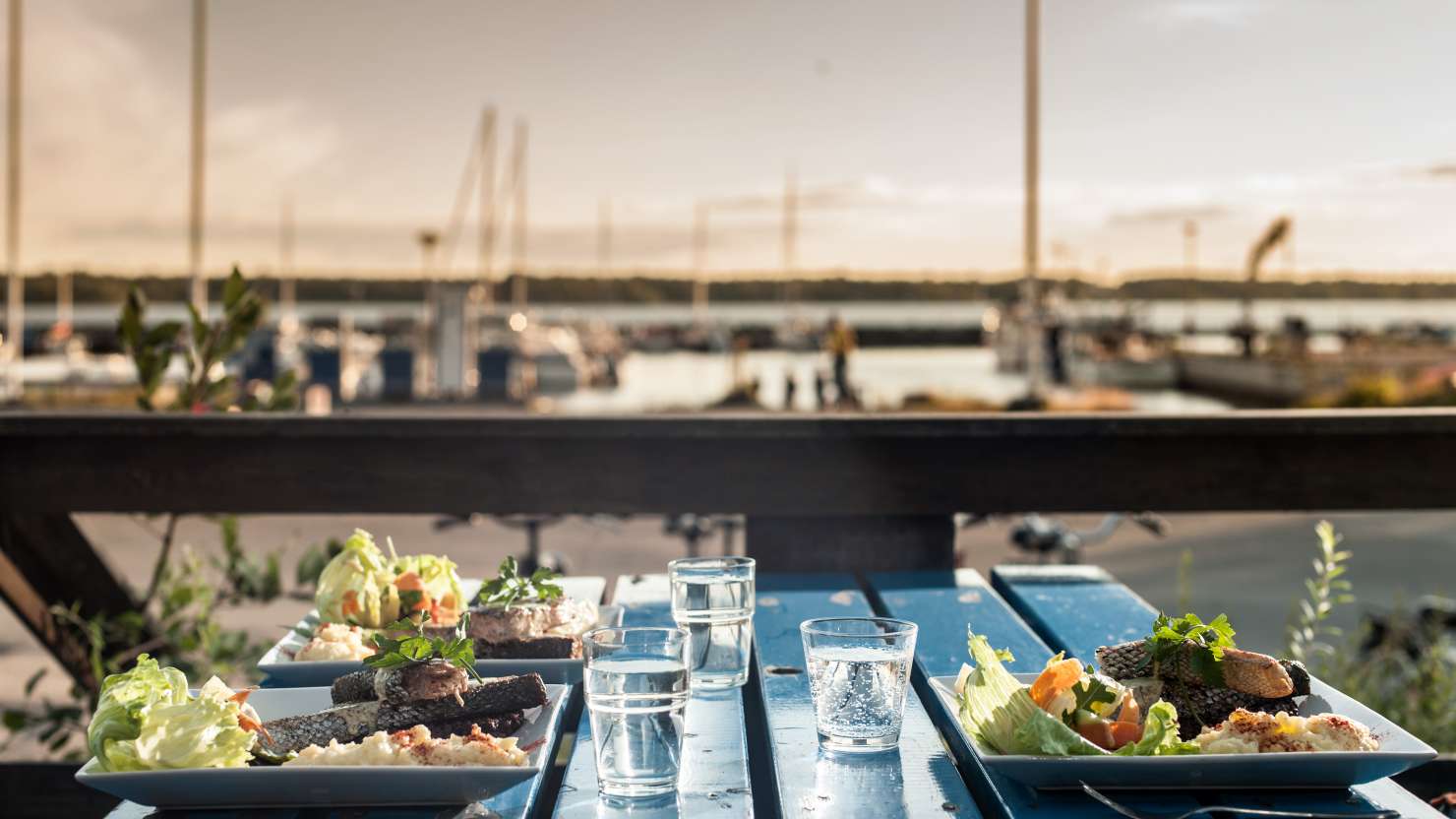What's new for winter 27/28
Explore more on Destinations


The world’s most northerly capital isn’t out on a limb when it comes to culture. Reykjavik boasts more than 40 festivals every year, catering for those into food, music, film – even Vikings. And if you happen to be in the city on a rare festival-free weekend, you’ll still find an abundance of galleries, theatres and museums to explore, as well as a vibrant art and design scene.
Compact, clean and friendly, it’s easy to get around Reykjavik on foot. The old quarter sits along Tjörnin, the city-centre lake, and is particularly charming, with its narrow streets and colourful wooden houses. But the Old Harbour area is perhaps a better stroll, with views across to Mount Esja and a cool maritime vibe. It’s also home to the Reykjavik Maritime Museum and the setting-off point for marine adventures, such as puffin tours and whale-watching excursions.

For architecture fans, Reykjavik will not disappoint. The Hallgrímskirkja Church, with its Modernist concrete façade, took 40 years to build and is an iconic feature of the city’s skyline. The famous 75m-high steeple is one of the tallest structures in Iceland and can be seen from almost everywhere in the city.
Harpa Concert Hall and Conference Centre is another iconic structure. Inspired by Iceland’s dramatic landscape, the steel framework is adorned with a honeycomb pattern of coloured glass panels. There’s also The Pearl, a glass observation dome sitting atop six huge tanks, each of which can store up to four million litres of geothermal hot water that’s used to heat the city.
Iceland’s landscapes are truly breathtaking. Thingvellir National Park, for example, is a UNESCO World Heritage Site and place of exceptional wild beauty. What is arguably the world’s oldest existing parliament first assembled here in 930AD, and the area is now a geographical and geological wonderland where the continental drift can be clearly seen in the cracks in the park’s landscape. It’s also home to Thingvallavatn, Iceland’s biggest natural lake, and the river Öxará, which crosses the park and forms a beautiful waterfall at the Almannagjá canyon.
Not far from Hafnarfjörður, the solfatara fields of Krýsuvík are surrounded by a range of mineral-rich, multi-coloured hills. Stroll along well-tended boardwalks into a weird and wonderful world of steaming volcanic vents, boiling hot springs and bubbling, hissing pools, with clear signage highlighting the unique geological features.
Walking through a tunnel of ice into a vast cave at Langjökull (the Long Glacier) is an unforgettable experience. Clad in crampons with an ice axe to hand, you’ll learn how ice flows form and move. At 50km long and 15-20km wide, with an ice depth of around 580m, this is Iceland’s second-largest ice cap.
Iceland’s number-one tourist attraction is in fact not naturally occurring, but rather a by-product of the energy industry. Water in the Blue Lagoon is sourced from the runoff of the nearby Svartsengí power plant, which uses geothermal seawater and steam to generate electricity for 45,000 people. The steaming milky-blue water, with a temperature of 37-40 degrees Centigrade, started attracting locals after the site opened in 1976. By the 1990s, the Blue Lagoon company had opened a more impressive facility as its popularity grew. The water is rich in silica, minerals and algae that are believed to have wellbeing qualities, particularly for skin conditions.

Think abundant and fresh seafood from the pure Arctic waters, tasty local produce grown in rich volcanic soil and top-quality meat. Icelandic lamb is spectacularly good: look out for the hearty kjötsúpa lamb stew and the traditional smoked leg of lamb hangikjöt, which is a festive favourite. Hot dogs served from kiosks are also a cut above the average – opt for Bæjarins Beztu Pylsur, the most famous kiosk in downtown Reykjavik, and follow it up with a pönnukökur, a pancake often served with rhubarb jam and whipped cream.
If you’re feeling peckish (and a bit adventurous), try tucking into one of these Icelandic delicacies:
Harðfiskur – Icelanders snack on wind-dried fish in various forms: thin chips, soft strips and brittle crunchy pieces. Best served slathered in butter.
Brennivín – the fermented-potato caraway-flavoured schnapps is Iceland's national drink. Nicknamed Black Death, it’s traditionally taken neat.
Rúgbrauð – traditional rye bread baked underground using geothermal energy from a hot spring. The result is a soft, dense, sweet loaf that tastes heavenly fresh from the ground and slathered with butter.
Skyr – part yoghurt, part cheese, this thick and creamy dairy product is traditionally eaten with milk and sugar or fruit. It’s high in protein, low in fat and – lucky for us – available in British supermarkets.

of
Don’t miss out! Sign up for latest news, offers and competitions from P&O Cruises.